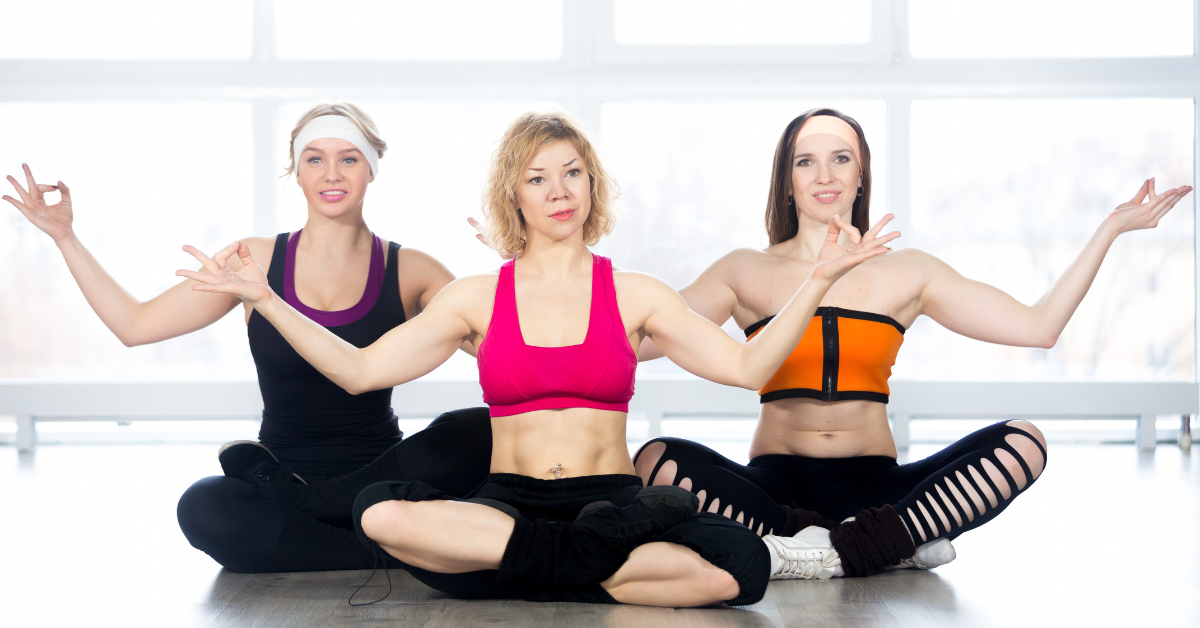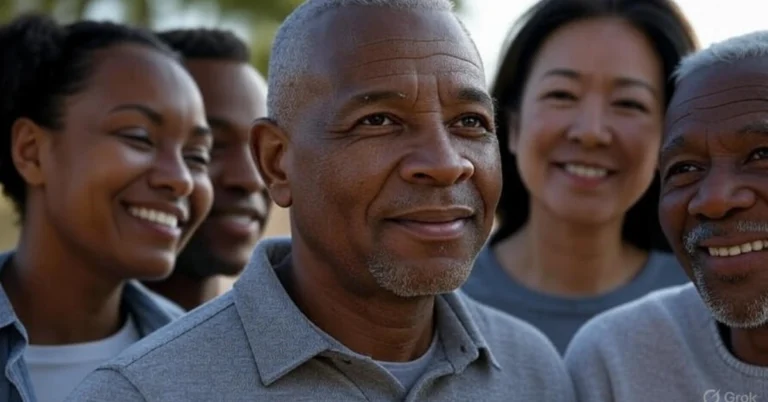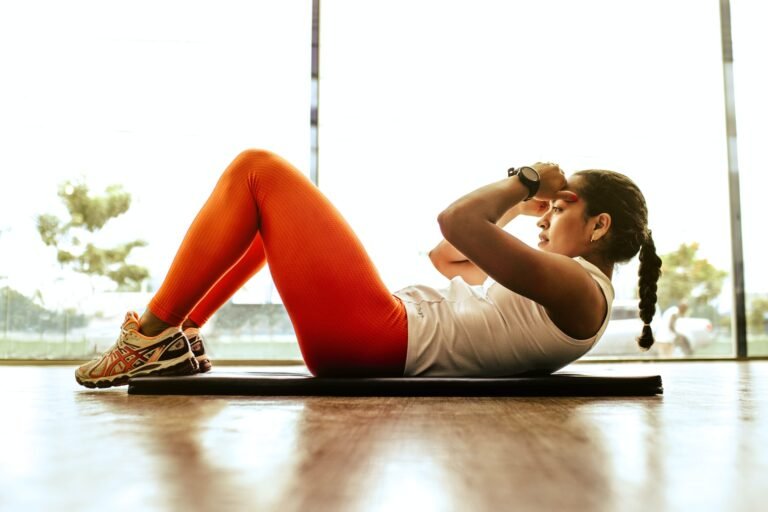Group Yoga Poses Spark Fun Team Bonding
Yoga is a personal journey of balance, flexibility, and mindfulness, but group yoga poses bring a dynamic twist, fostering connection and collaboration. Unlike solo practice, group yoga, including partner and acro yoga, emphasizes teamwork, making it perfect for friends, family, or teams. Group yoga poses for four or more people offer a fun, challenging way to deepen your practice, build trust, and create shared experiences.
This guide explores the benefits, popular group yoga poses, and safety tips to help you enjoy collaborative yoga safely and effectively. According to Yoga Journal, group yoga is gaining popularity for its community-building power, and we’ll show you how to make it a rewarding part of your wellness journey.
Why Practice Group Yoga Poses?
Group yoga poses combine physical challenge with social connection, offering unique benefits for body and mind. Here’s why they’re a must-try:
1. Enhance Teamwork and Communication
Group yoga poses require coordination and clear communication. Participants share weight, align movements, and maintain balance, fostering collaboration. Research from the International Association of Yoga Therapists shows that group yoga improves interpersonal skills, making it ideal for team-building yoga sessions.
2. Build Trust and Connection
Supporting each other in poses strengthens trust and relationships. Whether with friends or new yoga partners, relying on others for stability deepens emotional bonds, creating a sense of community.
3. Boost Physical Strength and Balance
These poses challenge your core, arms, and flexibility in new ways. Syncing with others adds complexity, pushing your physical limits, and advancing your yoga practice.
4. Sharpen Mindfulness and Focus
Collaborative yoga demands awareness of your body and your partners. This heightened focus enhances mindfulness, helping you stay present in practice and daily life.
5. Spark Fun and Creativity
Group yoga is playful and creative, turning poses into shared art. The joy of forming intricate shapes makes it feel like a team adventure, not just exercise.
5 Popular Group Yoga Poses for Four People
These beginner-friendly and advanced group yoga poses are designed for four participants, offering variety for all skill levels. Start simple and progress as your group builds confidence.
Four-Way Plank: A Team Core Challenge
Description: This pose forms a square where each person’s feet rest on the back of the person behind them, creating a continuous plank loop.
How to Perform:
Form a square with four participants in a plank position, facing inward.
One by one, place your feet gently on the lower back of the person in front.
Engage your core, keeping a straight line from head to heels.
Communicate to ensure comfort and balance, holding for 5-10 breaths.
Benefits: Strengthens core, arms, and shoulders while improving group coordination. Great for beginners in team yoga.
Square Pose: A Collaborative Boat Pose
Description: A group version of Boat Pose, where four people sit in a square, lift their legs, and connect their feet, balancing together.
How to Perform:
Sit in a circle, knees bent, feet flat, backs facing outward.
Extend legs toward the center, touching feet with the person across.
Hold hands with those beside you for support.
Lift feet off the ground, straighten legs, and balance on sit bones, keeping spines tall.
Hold for 5 breaths, syncing through communication.
Benefits: Builds core strength, enhances balance, and fosters connection. Ideal for group yoga classes.
Downward Dog Pyramid: A Striking Team Pose
Description: This advanced pose creates a tiered pyramid using Downward Dog, requiring trust and coordination.
How to Perform:
Two participants form a stable base in Downward Dog, side by side.
The other two climb on, placing feet on the base partners’ lower backs and hands on the ground to form their own Downward Dogs.
Adjust for stability, holding for 3-5 breaths.
Use a spotter for safety during setup.
Benefits: Stretches hamstrings, strengthens upper body, and demands teamwork. Popular in acro yoga groups.
Caterpillar Pose: A Relaxing Group Stretch
Description: Participants sit in a line, holding the feet or ankles of the person in front, creating a wave-like stretch resembling a caterpillar.
How to Perform:
Sit in a straight line, legs extended, feet touching the back of the person in front.
Lean forward into a forward fold, grabbing the feet or ankles of the person ahead.
The front person leads the stretch, with others following in unison.
Deepen the stretch with each breath, holding for 5-10 breaths.
Benefits: Enhances hamstring flexibility, promotes relaxation, and encourages synchronized movement.
L-Shape Pose: An Advanced Group Challenge
Description: This pose combines handstands and standing support to form an interconnected L-shape, requiring strength and trust.
How to Perform:
Two participants stand shoulder-to-shoulder, arms raised.
The other two face them and kick up into handstands, resting legs on the standing partners’ shoulders.
Adjust for balance, communicating gently, and hold for 3-5 breaths.
Use a spotter for safety.
Benefits: Builds upper body strength, improves balance, and deepens trust. Best for experienced yoga groups.
Safety Tips for Group Yoga Poses
Safety is key in collaborative yoga to prevent injuries and ensure a positive experience. Follow these tips:
- Warm Up Thoroughly: Stretch shoulders, core, and legs to prepare for complex poses.
- Communicate Clearly: Discuss needs and limits openly to coordinate movements.
- Start Simple: Begin with poses like Four-Way Plank before advancing to L-Shape Pose.
- Use a Spotter: For inversions or elevated poses, a spotter can guide and catch participants.
- Respect Limits: Honor each person’s comfort level to avoid strain.
- Practice on a Soft Surface: Use yoga mats to cushion falls and enhance comfort.
FAQ: Your Questions About Group Yoga Poses Answered
What are the best group yoga poses for beginners?
Try Four-Way Plank or Square Pose, as they’re accessible and build teamwork without advanced skills.
How do you prepare for team yoga?
Warm up with dynamic stretches, communicate roles, and practice on a soft surface with a spotter for safety.
Can group yoga improve relationships?
Yes! Collaborative yoga fosters trust, communication, and connection, strengthening bonds among friends, family, or teams.
Is group yoga the same as acro yoga?
Acro yoga often involves lifts and dynamic movements, while group yoga focuses on synchronized poses for multiple people. Some poses, like Downward Dog Pyramid, overlap with acro yoga.
Conclusion
Group yoga poses offer a vibrant way to enhance your practice, blending physical challenge with teamwork and fun. From the core-strengthening Four-Way Plank to the creative Downward Dog Pyramid, these poses build trust, communication, and mindfulness. As a certified yoga instructor, I’ve witnessed groups grow closer through these shared experiences, creating lasting connections.







